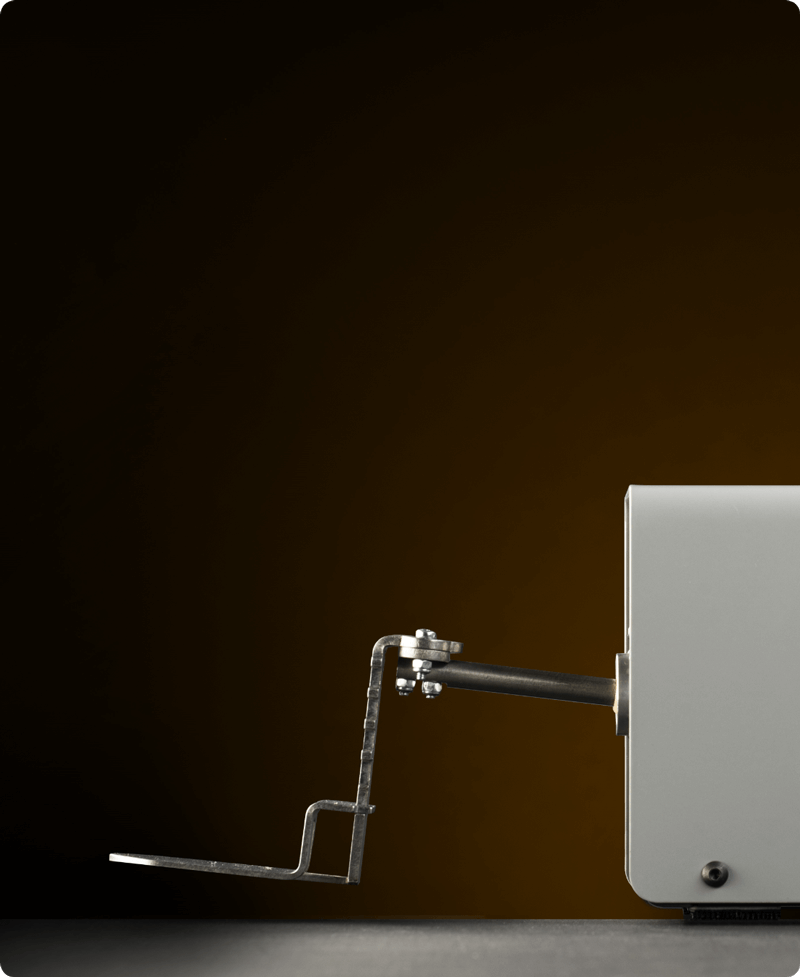The retail industry is rapidly evolving and technology has an important role to play in this. Since 80% of retail sales happen in-store, brick-and-mortar retail needed to find ways to get shoppers’ attention and keep them engaged.
In this article, we are going to focus on smart retail displays. The adoption of smart retail displays is rapidly increasing across the globe. According to a report by Grand View Research, the global smart retail display market size was valued at $7.88 billion in 2020 and is projected to reach $20.61 billion by 2028, growing at a CAGR of 12.9% during the forecast period. This shows that these POSMs are positively impacting the retail industry. But how?
The impact of smart retail displays
Enhancing customer engagement: Smart retail displays are revolutionizing the shopping experience by providing interactive and engaging features. A study by Retail TouchPoints found that 83% of shoppers believed interactive displays were effective in helping them make purchase decisions, while 71% indicated that they were more likely to visit a store that featured interactive experiences.
Increased sales: Smart retail displays have proven to have a positive impact on sales. Research conducted by Intel showed that interactive displays can increase sales by up to 30% and capture customer attention for three times longer than traditional displays. Furthermore, a study by Mood Media revealed that 63% of consumers reported that digital signage influenced their purchasing decisions.
Personalization and customization: Smart retail displays enable personalized and customized experiences for shoppers. Smart displays can leverage technologies such as AI and machine learning to provide tailored recommendations, offers, and information based on customer preferences and shopping behavior.
Data analytics and insights: Smart retail displays generate valuable data that retailers can leverage to gain insights into customer behavior and preferences. This data can be used to optimize product placement, pricing strategies, and marketing campaigns. A study by McKinsey found that companies that extensively use customer analytics are more likely to generate above-average profits.
Integration of technologies: These displays often incorporate various technologies, including AI, IoT, computer vision, and augmented reality. These technologies work together to create immersive and seamless experiences for shoppers. According to Juniper Research, the number of consumer mixed reality app installs will reach 10 billion by 2024, indicating the increasing integration of AR and VR technologies in retail environments.
Now that we know just how much impact these solutions can have, let's take a look at some types of smart retail displays.
Types of smart retail displays
These are various types of smart retail displays, but we are going to share some of the most common and impactful.
Interactive touchscreens: These displays allow customers to browse through product catalogs, access additional product information, compare features, and even place orders directly from the screen. They offer a convenient and engaging way for customers to interact with products.
Virtual mirrors: Virtual mirrors use augmented reality (AR) technology to allow customers to "try on" clothing or accessories virtually. Customers can see themselves in different outfits or styles without physically trying them on, enhancing the shopping experience and saving time.
Beacon technology: Beacon technology uses Bluetooth Low Energy (BLE) to send personalized offers, discounts, and product recommendations to customers' smartphones when they are in proximity to specific displays or sections of a store. This technology helps retailers target customers with relevant promotions and increase sales.
Robotic POSM: Robots in-store? Yes! These robotic displays or robots come in different shapes and they can complete different tasks. There are robots that can restock products, while others like Tokinomo Shelfobot interact with shoppers.
RFID (Radio Frequency Identification) tags: RFID tags enable retailers to track inventory in real-time and provide customers with interactive experiences. For example, customers can place a product with an RFID tag on a display, and relevant information or videos about the product will automatically be displayed on nearby screens.
Gesture recognition: Gesture recognition technology allows customers to interact with displays using hand movements or gestures. For example, customers can wave their hands to scroll through product images, zoom in on details, or access additional information about a product.
Holographic displays: Holographic displays create 3D visuals that appear to float in mid-air. These displays can showcase products or create eye-catching visual effects to attract customers' attention and create a unique shopping experience.
How are smart retail displays revolutionizing retail?
Want to see these displays in action? Here are a few examples of smart retail displays:
Amazon Go Stores: Amazon Go stores utilize a combination of computer vision, sensor fusion, and deep learning to create a cashier-less shopping experience. Customers enter the store, scan a QR code on their smartphone, and then simply pick up the items they want. Smart displays and cameras track the items customers take and automatically charge them as they leave the store.
Robotic POP display Shelfobot by Tokinomo: Shelfobot is a robotic POP display that makes products that star of the show. Thanks to its movement, light, and sound technologies, Tokinomo Shelfobot interacts with shoppers at the point of sale and brings products to life. Want to see how a campaign with Tokinomo works? Take a look:
Nike Fit: Nike Fit is an app that uses computer vision and AI to accurately measure customers' feet and recommend the right shoe size. In-store, customers stand on a specialized scanning mat, and the display provides precise measurements and suggests the best shoe options based on their foot size and shape.
The Magic Mirror by Rebecca Minkoff: The Magic Mirror is an interactive smart display in Rebecca Minkoff stores. It allows customers to browse the clothing collection, request specific items to be brought to a fitting room, and even adjust the lighting in the fitting room to see how the clothes would look in different settings. The display enhances the shopping experience by offering convenience and personalization.
Visibubble display by Tokinomo: Visibbuble is an affordable and scalable display that allows you to combine the online with the in-store environment. Apart from sharing messages with customers in-store, Visibubble allows you to display QR codes and create landing pages where you can add more details about the product or inform the shoppers about a campaign.
Integrate smart retail displays in your store
As you can see smart retail displays are great tools that can help you engage customers and increase sales at the point of sale. Test out some of the smart retail displays to find the right solution for your store and integrate these tools in your in-store marketing strategy.



